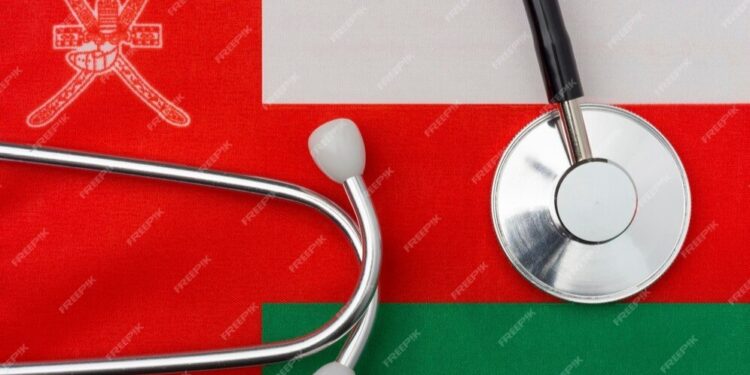Oman’s medical supplies and equipment market is on a strong growth trajectory, with projections indicating a compound annual growth rate (CAGR) of 7.8% from 2024 to 2032. This momentum is closely tied to the country’s strategic healthcare reforms under Health Vision 2040, which continue to reshape the healthcare landscape.
In 2023, Oman expanded its healthcare infrastructure significantly, increasing the number of hospitals to 92 with a total capacity of 7,691 beds. This development reflects the government’s ongoing efforts to improve access, service quality, and meet the growing healthcare demands of its population.
The Ministry of Health conducted nearly 87,000 surgical procedures in 2023 alone, underscoring the rising need for advanced surgical instruments, diagnostic equipment, and patient monitoring technologies. Additionally, the government launched several transformative projects early in the year, including 19 healthcare investments, 11 high-priority opportunities, and the opening of over 22 dialysis centers equipped with 500 state-of-the-art machines.
Major infrastructure investments, such as the Al Suwaiq Hospital and New Sultan Qaboos Hospital, represent a combined investment of approximately USD 558.44 million. Slated for completion by 2024 and 2025, these projects aim to close regional healthcare access gaps and are expected to drive demand for high-end medical devices and technologies.
The broader healthcare market in Oman is expected to reach OMR 1.6 billion (around USD 4.3 billion) by 2025, driven by robust public and private sector investments. This growth is expected to boost adoption of diagnostic innovations, therapeutic technologies, and patient care systems, supporting the rapid expansion of the medical supplies and equipment market.
Market Outlook and Segmentation
By Type:
Technological advancements—particularly in AI, IoT, and genomics-based devices—are transforming the landscape of personalized care and predictive diagnostics. Aging demographics and the rise of telemedicine will increase demand for remote monitoring and eldercare technologies. Expansion of private healthcare and growth in local R&D are also expected to reduce import dependence and improve affordability. Additionally, sustainable medical technologies and premium product lines are set to generate higher revenue margins.
By Application:
The infection control segment is expected to lead in revenue share, driven by advances in sterilization technologies, antimicrobial coatings, and disposable products. Growing adherence to international healthcare accreditation standards and a stronger focus on preventive care will further boost demand for both consumables (e.g., gloves, masks, sanitizers) and durable infection control equipment.
By End-User:
Hospitals will remain the largest end-user segment, fueled by Oman’s ambitions to become a regional healthcare hub and the rise of medical tourism. This is accompanied by an increased focus on preventive care, prompting clinics to expand their capabilities and invest more in medical equipment.
By Sector:
Again, hospitals will dominate, supported by population growth in urban areas and expanded public healthcare infrastructure. Vision 2040’s focus on economic diversification positions healthcare as a national priority, encouraging continued government funding. The implementation of mandatory health insurance, particularly for expatriates, will further increase public healthcare utilization. Sustainability goals will also stimulate investments in eco-friendly and energy-efficient medical technologies.
Source: ResearchAndMarkets
























































